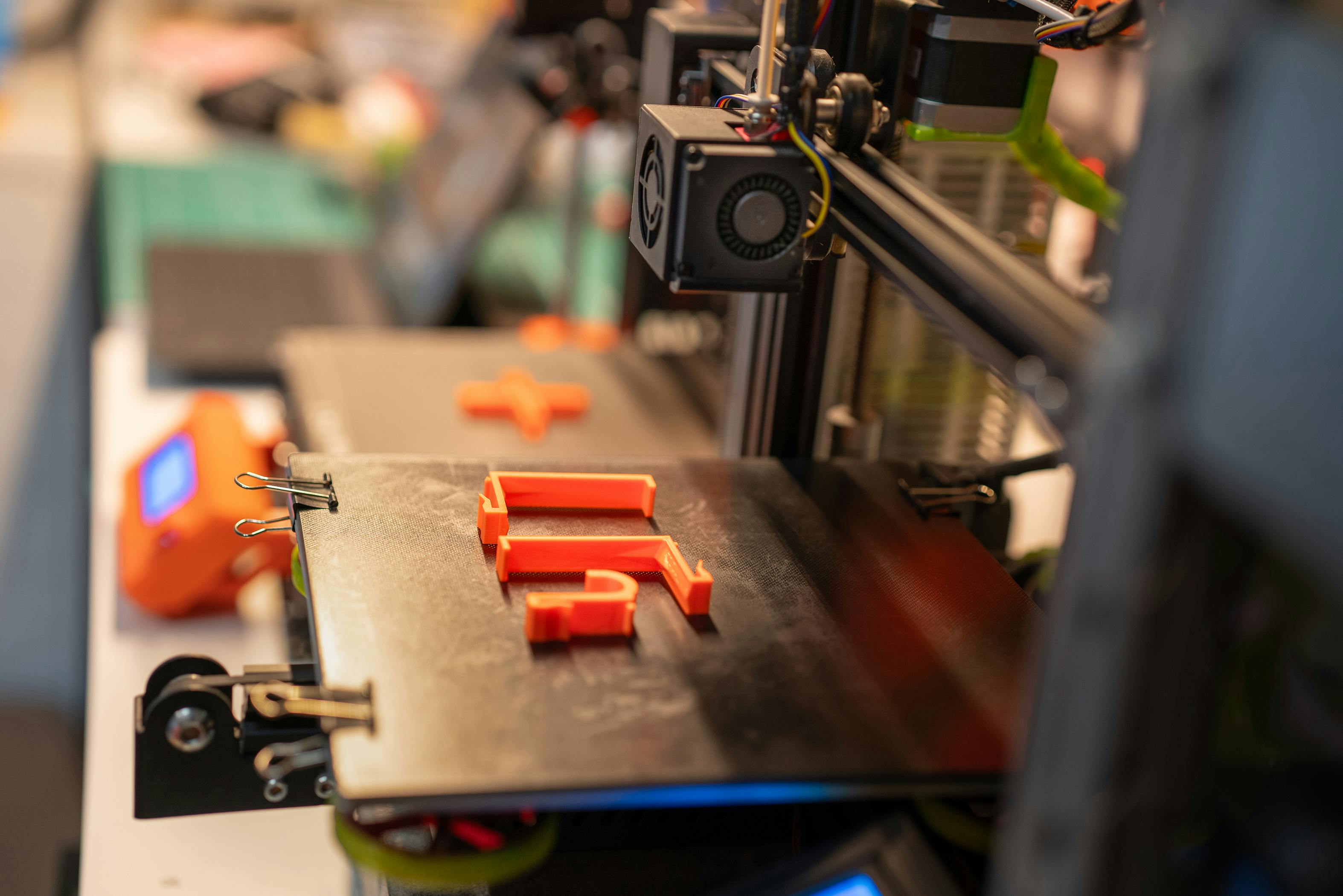Method For Preparing 3D Printing Filament

This technology offers a biodegradable, environmentally friendly alternative to petroleum-based materials. It maintains a precise 1.75 mm filament diameter, ensuring reliable 3D printing. The inclusion of lignin and CNF fillers enhances mechanical properties, improving stiffness, tensile strength, and strain, with the 98/1/1 wt% composition exhibiting superior Young’s modulus. Fillers also help distribute stress, reduce differential cooling, and increase stiffness, minimising warping during printing. High molecular weight PBS, produced using the catalyst, results in flexible filaments with good impact strength and elongation. Additionally, the process is sustainable, incorporating a recycling step that converts polymer waste into biogas, which can be reused in succinic acid fermentation
Traditional 3D printing relies on petroleum-based materials that are non-biodegradable, contributing to long-term environmental pollution. Moreover, inconsistencies in filament diameter can cause significant printing issues, such as nozzle clogging when the filament is too large or poor flowability and incomplete prints when it is too small. There is also a persistent challenge of warping during fused deposition modelling (FDM) printing, which affects print quality and precision.
This technology produces 3D printing filaments from natural ingredients. A specialised plastic (PBS) is made from fermented glucose, combined with lignin and nanocellulose from oil palm plants. The mixture is dried, blended, and extruded into consistent 1.75 mm filaments suitable for 3D printing.
This project presents a technology for producing biodegradable 3D printing filaments with a consistent 1.75 mm diameter, made from a biocomposite of poly(butylene succinate) (PBS), lignin, and nanocellulose (CNF) derived from oil palm biomass. Using a titanium (IV) butoxide catalyst, PBS is synthesised rapidly to a high molecular weight, and optimised in a 98/1/1 wt% PBS/lignin/CNF composition to ensure strong mechanical properties, smooth extrusion, and environmental sustainability. This offers a greener alternative to conventional petroleum-based 3D printing materials, addressing common issues such as filament diameter inconsistencies, nozzle clogging, poor flowability, incomplete prints, and warping in fused deposition modelling (FDM).


